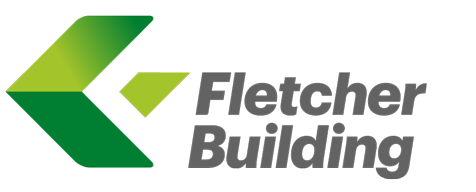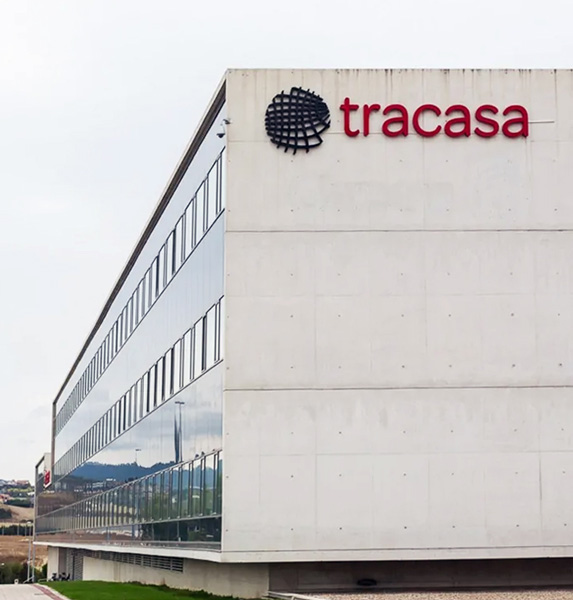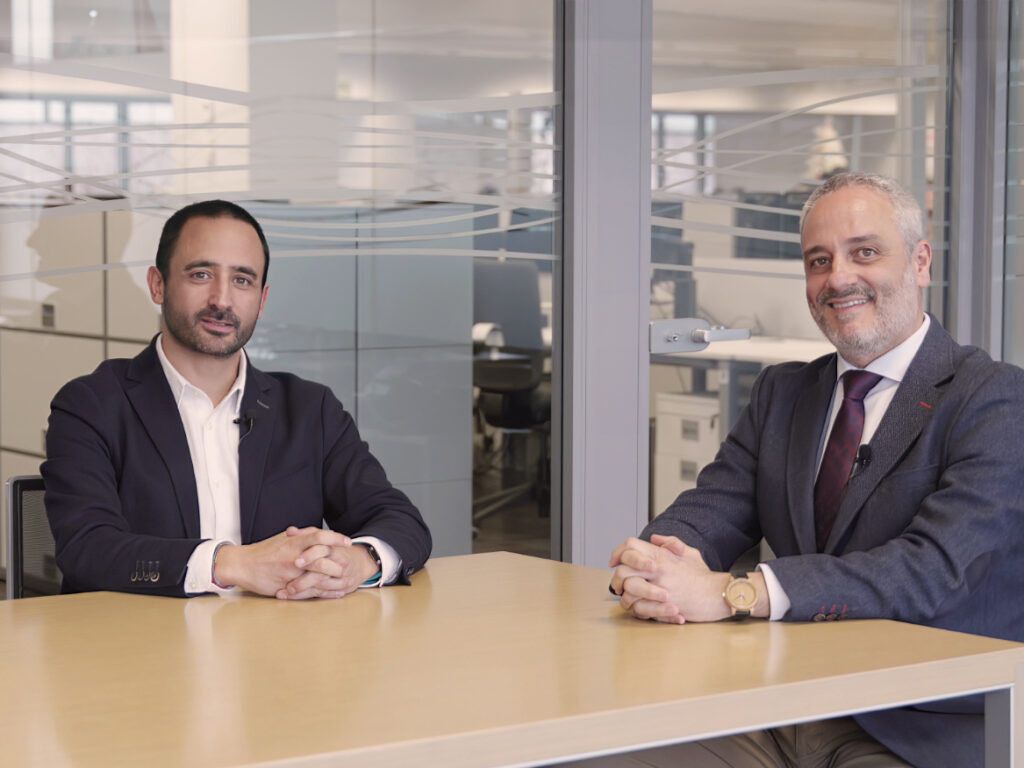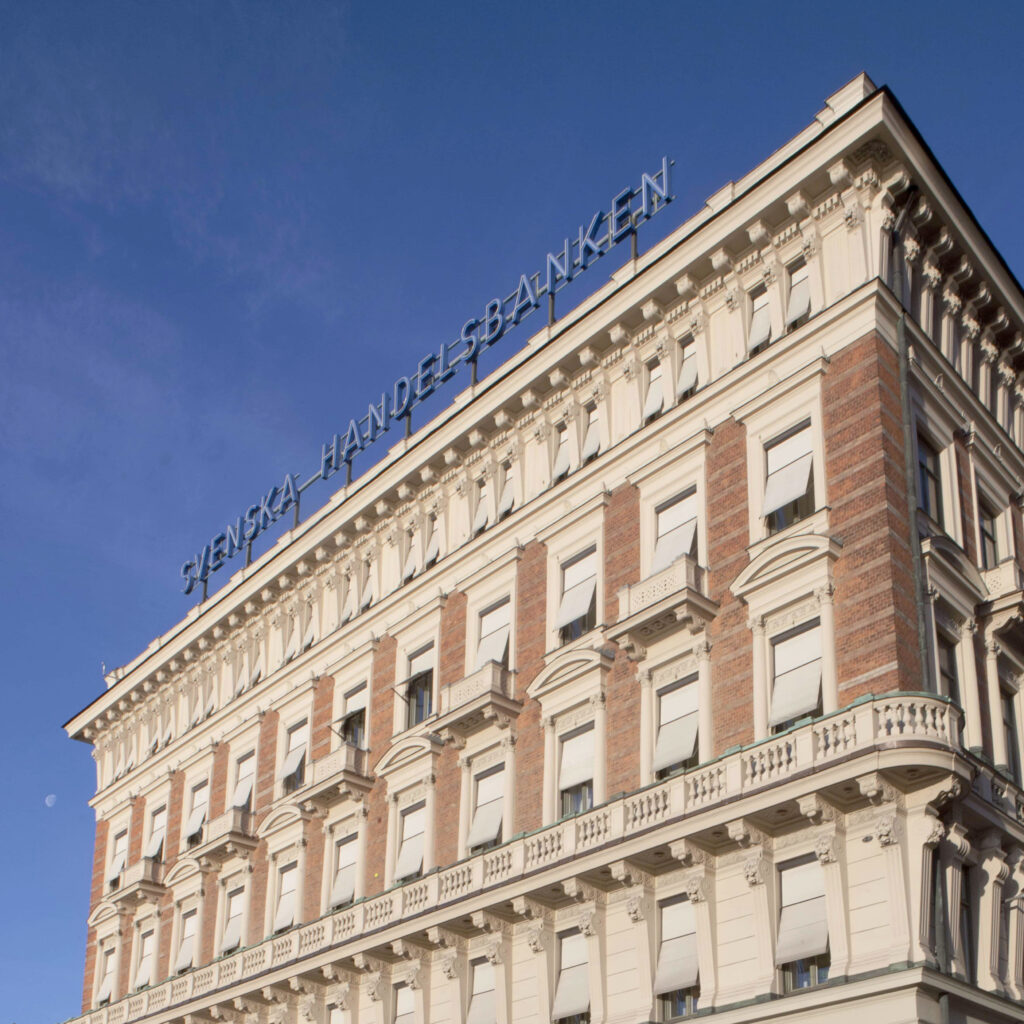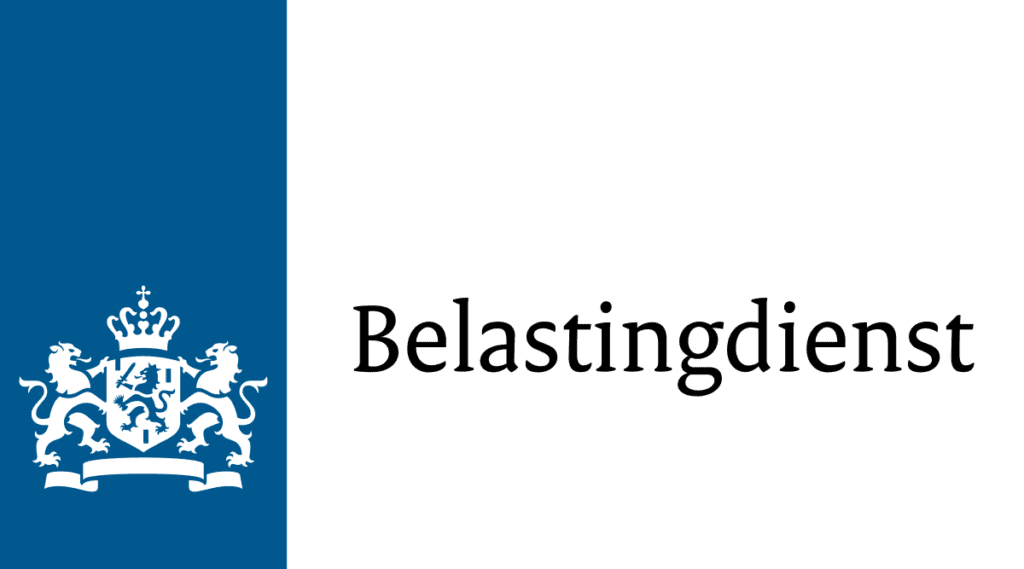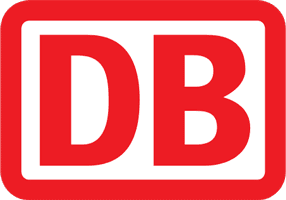
“Sacem quickly focused on SAFe because of its ability to scale across the organization, something Scrum lacked. Feedback from companies like Spotify and BPIFrance (Public Bank of Investment) which were also inspired by SAFe, and the Framework’s focus on portfolio management, PI Planning, and cross-department
collaboration made it an ideal fit.”
—Sylvie Labouesse, CTO of Sacem
Challenge:
To maintain its global leadership and enhance economic efficiency, Sacem needed to adapt to a rapidly evolving music industry by accelerating the digitalization of its systems and processes.
Industry:
Music, IT, Digital Media
Quick Facts:
- Founded in 1851 and managed by its members, Sacem is a society of authors, composers, and publishers of music.
- Sacem represents more than 240,000 members and 176 million works.
- Sacem collects author rights directly in more than 180 countries.
- The organization has more than 1,300 employees and has supported more than 3,600 cultural projects.
- 510,000 authors, composers, and music publishers are paid worldwide thanks to Sacem.
Overview
The Society of Authors, Composers, and Publishers of Music (Sacem), is the world leader in the collective management of authors’ and composers’ rights. Founded in 1851, Sacem has continuously evolved to meet the challenges of a fast-changing music industry, driven by digital innovation and new consumption models.
With deep expertise in digital rights management, data processing, and royalty distribution, Sacem has positioned itself at the forefront of the global digital transformation of collective management organizations. Its leadership is built on its ability to adapt rapidly, embrace cutting-edge technologies, and offer innovative, high-quality services to its members, customers, and partners worldwide.
The Challenge
To maintain its global leadership, Sacem needed to:
- Enhance its economic efficiency.
- Cope with a constantly changing music industry.
- Strengthen its competitive position.
- Accelerate the digitalization of its processes and royalty management systems.
- Develop tailor-made services for its members, customers, and employees.
The Path to SAFe
Sacem’s IT departments initially explored Scrum in 2017 – 2018. After a leadership change in 2019 and some reflection in 2021, it became clear that the transformation needed to scale across the entire IT department and align better with the business transformation. Sacem’s complex IT architecture and extensive operational value streams required a comprehensive transformation.
Undergoing this transformation with SAFe ensured Sacem could stay competitive in a dynamic and fast-moving market with evolving technologies and new platforms.
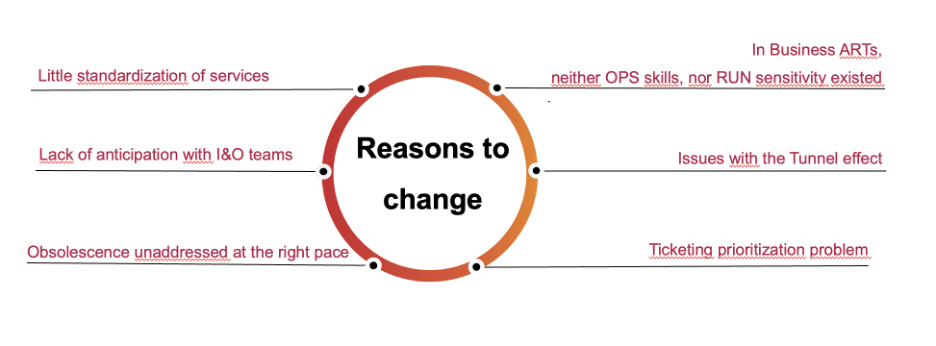
Outcomes
Before the SAFe transformation, projects were perceived as too long and costly. Working methods were heterogeneous, and the organization needed more synergy with the trades. Sacem wanted to enable IT to develop and deploy the technologies of the future.
The transformation brought tangible improvements in several areas:
Acceleration: The speed of delivery for business initiatives increased by 20 percent, largely due to building a state-of-the-art Pipeline CD Product and promoting its adoption to move toward DevOps. The product approach of the Platform ART (private and public cloud automation, Identity and Access Management Product, middleware product, and API Management Product) is the key success factor to faster delivery. The involvement of the Platform Train in the PI Planning processes of the Business Trains—and vice versa—has also significantly contributed to acceleration.
Time-to-market: The time required to implement technical architectures for Business-enabled trains improved a lot. What used to take several weeks now takes only a few days, thanks to better alignment with best practices.
Modernization: By May 2024, Sacem reduced technical obsolescence by 15 percent. From June 2024, the rate of obsolescence increased due to the rapid pace of technological changes. Nevertheless, sharing obsolescence in the PI Planning processes of the Business Trains facilitates managing technical obsolescence for risk reduction. Modernization also concerns offering the latest products on the CD pipeline and introducing new technologies to create opportunities for Business Trains (containers).
Autonomy: There has been a 60-percent reduction in handovers and dependencies, as the Business Trains have adopted better skills and become more autonomous in managing their infrastructure.
Predictability: The predictability rate for the Platform Train stabilized at 85 percent, a significant improvement from the initial 60 percent before starting the journey.
Service Quality: The availability of critical applications for the Business Trains reached a target of 98.9 percent per month. This has positively impacted operations and customer satisfaction.
Deployment Speed: Deployment times have reduced drastically, from a day and a half to just five minutes, thanks to the integration of a standardized and unique Pipeline CD.
Cost Reduction: Running costs have decreased, aided by the decommissioning of obsolete applications and systems, contributing to overall operational efficiency.
In addition, Sacem reports that collaboration has improved between teams, as shown by satisfaction surveys during I&A sessions. Business satisfaction scores have risen, and Sacem’s new digital and innovative image has helped attract top talent. The shift from silos to integrated teams has created a culture of mutual respect and understanding. The wall between DEV and OPS is now broken. Everybody is doing studies, build, and run. Everybody is sharing the same vocabulary.
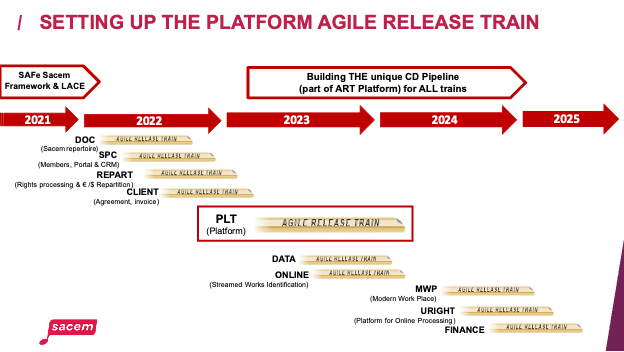
Share:
Back to: All Case Studies
Suggested Case Study: Royal Philips

